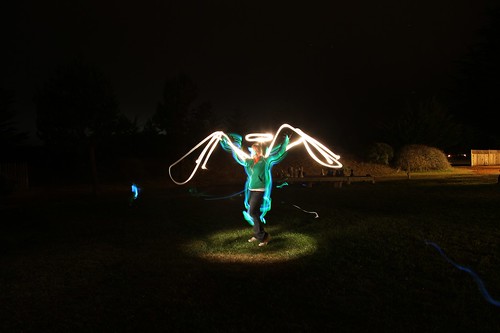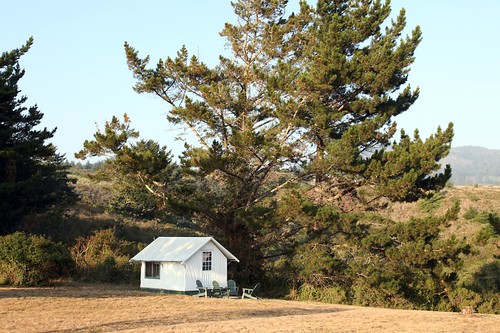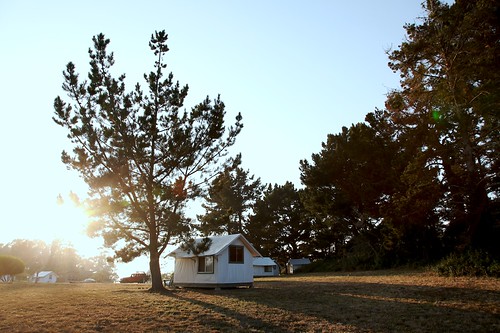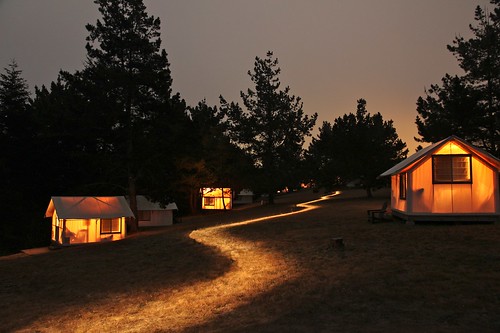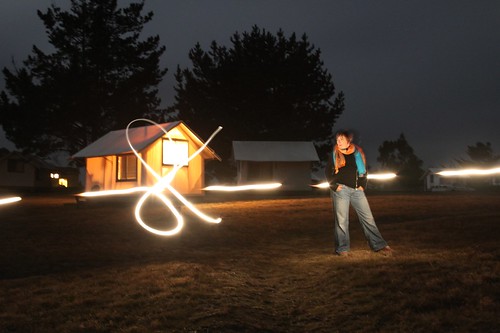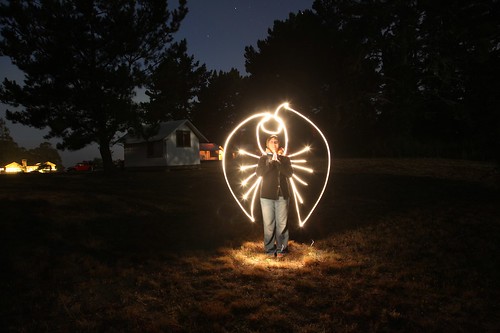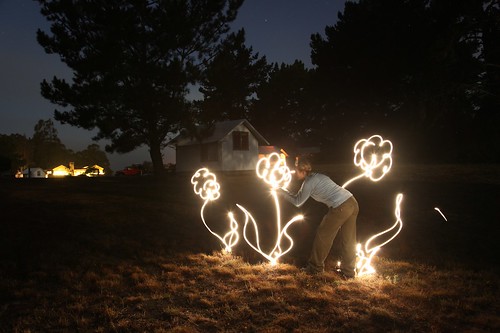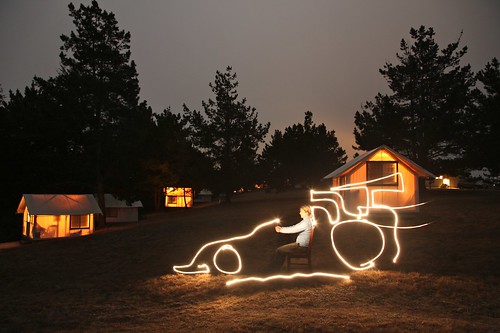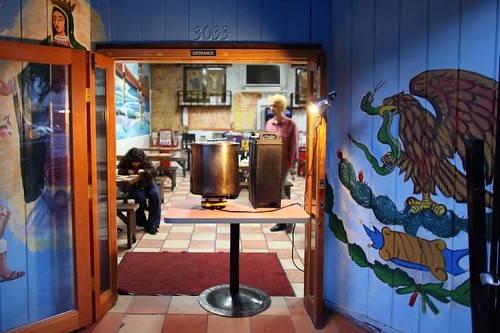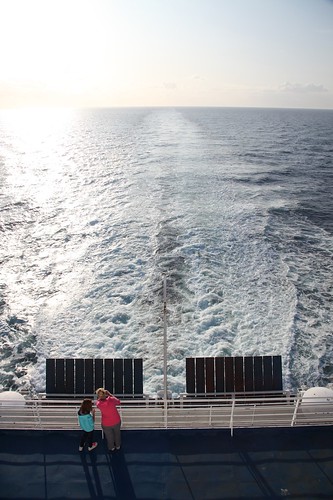Very few of my childhood friends am I still in touch with. Fewer still do I have any meaningful relationship with, but one of those with whom I do happens to be both a smashing stand up guy and a super-successful real-life medical doctor.
This friend of mine works in anesthetics (anaesthetics in the UK), so I figured I'd ask him about the Michael Jackson case. What's the deal with Propofol? Pretty illuminating what he said:
Yes. I use it a lot. Almost every day when I'm doing anaesthetics. It's my bread and butter, my pharmacological hammer of choice, my 'go-to' anaesthetic.
Basically it's most commonly used as an Induction agent, ie. it'll put your patient to sleep (AND STOP HIM BREATHING—crucial detail—remember for the test later) in 10 seconds, but in the next five minutes you'll need something else or he'll be getting a little frisky. The 'something else' can either be a vapour added to your oxygen line (the commonest and cheapest way of keeping someone asleep) or if you prefer, more Propofol. If it's going to be used to keep you asleep it'll be delivered by an electronically controlled pump which is designed to keep the concentration of the drug in the brain at a certain level.
Now. I didn't know it was a drug of abuse. For the following reasons:
Oh yeah. See? I was right.
- it'll kill you in the wrong hands.
So it shouldn't be used by anyone who's not an anaesthetist. This whole 'toxic level' stuff is bollocks. It was doing what it's supposed to do. When it's given in hospitals, the patient stops breathing, and would die if the anaesthetist weren't there, but that's the point. That's what it does, and that's why we're there.
I can imagine that they were trying to use it at very low doses (at which concentration it's more of a sedative than an anaesthetic) but that's really playing with fire, because individual responses are difficult to predict and it's easy to get it wrong if you're not experienced. Every anaesthetist has given a little too much or too little when we were less experienced—but it's forgiving in the right environment, ie. with all our tubes and machines that go 'beep'. Without them? Disaster is inevitable.
The short verson: anyone giving, administering or supplying MJ with Propofol should fry. There's no medical use for it outside a critical care medical environment.
I love it that I know such smart people.
